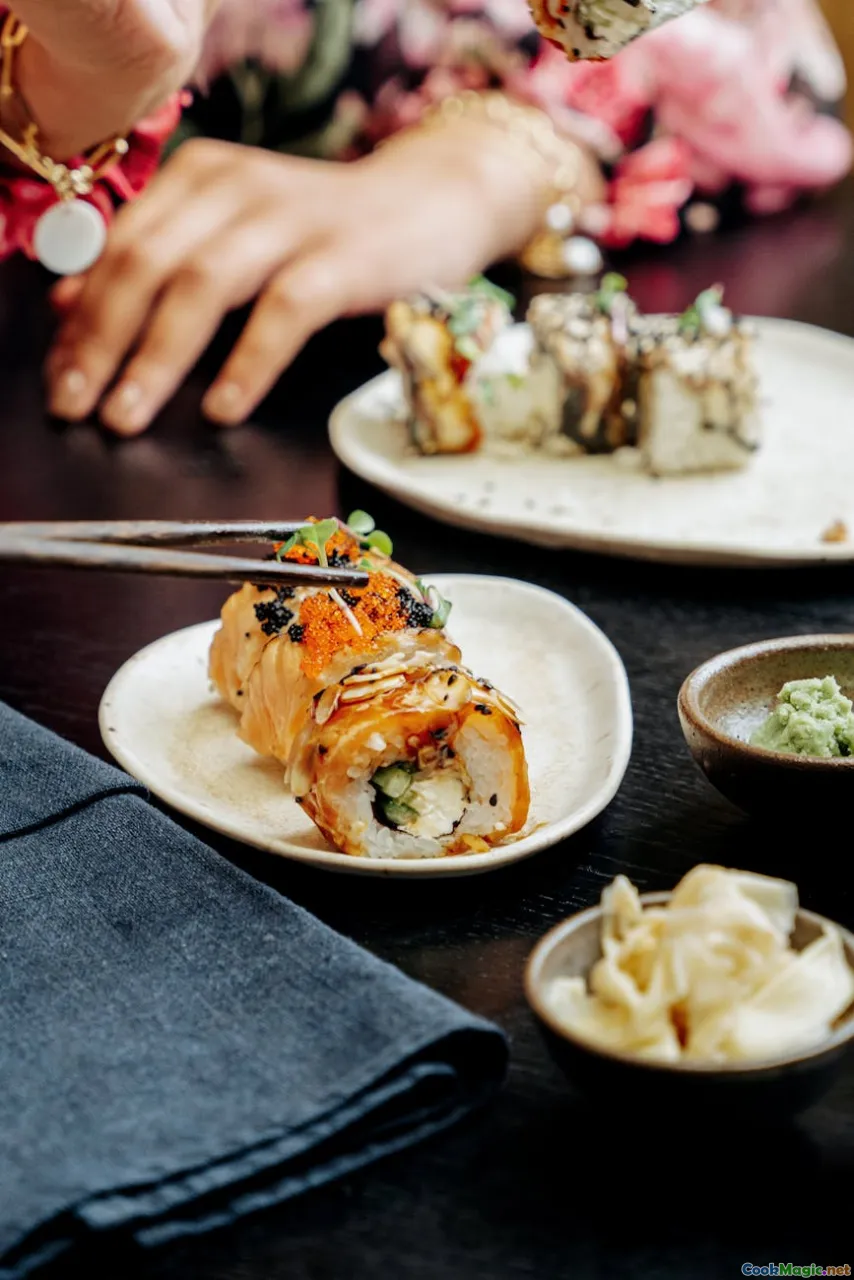Exploring Brazilian Cuisine and Wine
8 min read Dive into the vibrant world of Brazilian cuisine and wine, uncovering rich flavors, cultural stories, and perfect pairings that define Brazil's culinary soul. May 05, 2025 18:00
Exploring Brazilian Cuisine and Wine
Imagine walking through the bustling streets of Rio de Janeiro at sunset, the air thick with the aroma of roasting meats, fresh herbs, and exotic spices. The sounds of samba pulse in the background, while the vibrant colors of street art and tropical fruits beckon. This sensory overload is the essence of Brazil—a country whose culinary landscape is as diverse and lively as its music and dance. But beyond the festive street scenes lies a sophisticated culinary tradition intertwined with its rich history, cultural diversity, and a burgeoning wine scene that’s slowly carving its place on the global stage.
The Cultural Tapestry of Brazilian Cuisine
Brazilian cuisine is a melting pot, a reflection of centuries of indigenous roots, Portuguese colonization, African influences, and waves of immigrant communities from Italy, Japan, the Middle East, and beyond. Each region of Brazil offers a unique palette of flavors and ingredients, from the tropical coastlines to the expansive Amazon basin and the temperate south.
Regional Flavors and Iconic Dishes
**Northeastern Flavors:**The northeast is famous for its hearty, spicy dishes like acarajé—black-eyed pea fritters filled with spicy shrimp—served with a tangy vatapá sauce. The use of coconut milk, dendê (palm oil), and chili peppers creates a bold, tropical flavor profile.**Central-West and Pantanal:**Here, the cuisine revolves around fresh river fish, game meats, and tropical fruits. Piranha stew and mato-grosso grilled meats exemplify the region’s rustic, robust flavors.**Southeastern Staples:**In São Paulo and Rio, you'll find a blend of Italian, Portuguese, and African influences. Feijoada, Brazil’s national dish, is a hearty black bean stew with pork, served with rice, collard greens, and orange slices—an embodiment of communal dining.Southern Delights: The south boasts a more European flavor profile, with dishes like chimarrão (a traditional yerba mate tea), smoked sausages, and barreado, a slow-cooked meat stew.
Market Freshness and Food Culture
Brazilian markets burst with colorful produce—mangoes, papayas, guavas, and passion fruit—each bursting with sweet, tangy flavors. Street vendors sell pastel (fried pastry filled with cheese or meat), cocada (coconut sweets), and caipirinhas, Brazil’s national cocktail made with cachaça, lime, and sugar.
The Heart of Brazil: Cachaça and the Rise of Wine
While cachaça, a sugarcane spirit, is the traditional choice for cocktails like the iconic caipirinha, Brazil’s wine scene is experiencing a renaissance.
Cachaça: The Spirit of Brazil
Cachaça is often called Brazil’s answer to rum, but it has a distinctive flavor profile—earthy, sweet, and sometimes smoky—depending on the distillation process and aging. Small-batch producers are reviving traditional techniques, crafting cachaças that are complex enough to be savored neat or used in innovative cocktails.
The Growing Wine Industry
Historically, Brazil was not known for its wine. However, regions like the Serra Gaúcha in the south have made remarkable strides in producing quality wines, especially sparkling wines and reds. The Italian immigrants brought their winemaking expertise, which blended with the local terroir to create unique expressions.
**Serra Gaúcha:**This region, with its cool climate and volcanic soils, is reminiscent of Northern Italy, producing crisp sparkling wines and aromatic whites.Planalto and São Francisco Valleys: These inland regions are developing their vineyards, experimenting with native grape varieties like Vitis labrusca, alongside international grapes.
Pairing Brazilian Food with Wine
The pairing of Brazilian dishes with local wines offers a delightful exploration of flavors. For instance:
- Feijoada pairs beautifully with a robust red or a sparkling wine like Espumante.
- Grilled seafood from the coast complements crisp, aromatic whites.
- Spicy northeastern acarajé calls for a slightly sweet, refreshing Moscatel.
Personal Encounters and Culinary Experiences
My own journey through Brazil’s culinary landscape has been a tapestry of sensory adventures. I vividly recall the first time I tasted moqueca, a Bahian seafood stew simmered with dendê oil, coconut milk, and fresh herbs. The aroma was intoxicating—rich, smoky, with a hint of sweetness—and the flavors danced on my palate, balancing heat and creaminess.
In another instance, I found myself in a family-owned vineyard in Serra Gaúcha, where I learned that winemaking here is more than a business—it's a cultural expression. Sipping sparkling Espumante beneath the rows of vines, I felt connected to generations of Italian immigrants who poured their heritage into these wines.
The Future of Brazilian Cuisine and Wine
Brazil’s culinary scene continues to evolve, embracing innovation while honoring tradition. Chefs are reinterpreting classic dishes with modern techniques, and wine producers are experimenting with native grape varieties and sustainable practices.
The increasing popularity of Brazilian cuisine worldwide is fostering cross-cultural exchanges and inspiring a new generation of chefs and sommeliers. As the world awakens to Brazil’s rich flavors and vibrant spirit, the country’s gastronomic identity is poised to shine brighter than ever.
Conclusion
Exploring Brazilian cuisine and wine is like embarking on a colorful, rhythmic journey through a land of contrasts and harmony. From the fiery spices of the northeast to the delicate bubbles of Serra Gaúcha’s sparkling wines, every bite and sip tells a story—of history, culture, resilience, and passion.
Whether you're drawn to the soulful comfort of feijoada, the spicy thrill of acarajé, or the refreshing sparkle of local wines, Brazil offers a culinary adventure that is as diverse as its landscapes. So, raise a glass of Espumante or cachaça, and toast to the flavors of Brazil—a country where food and wine are truly a celebration of life itself.









